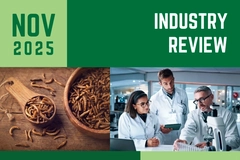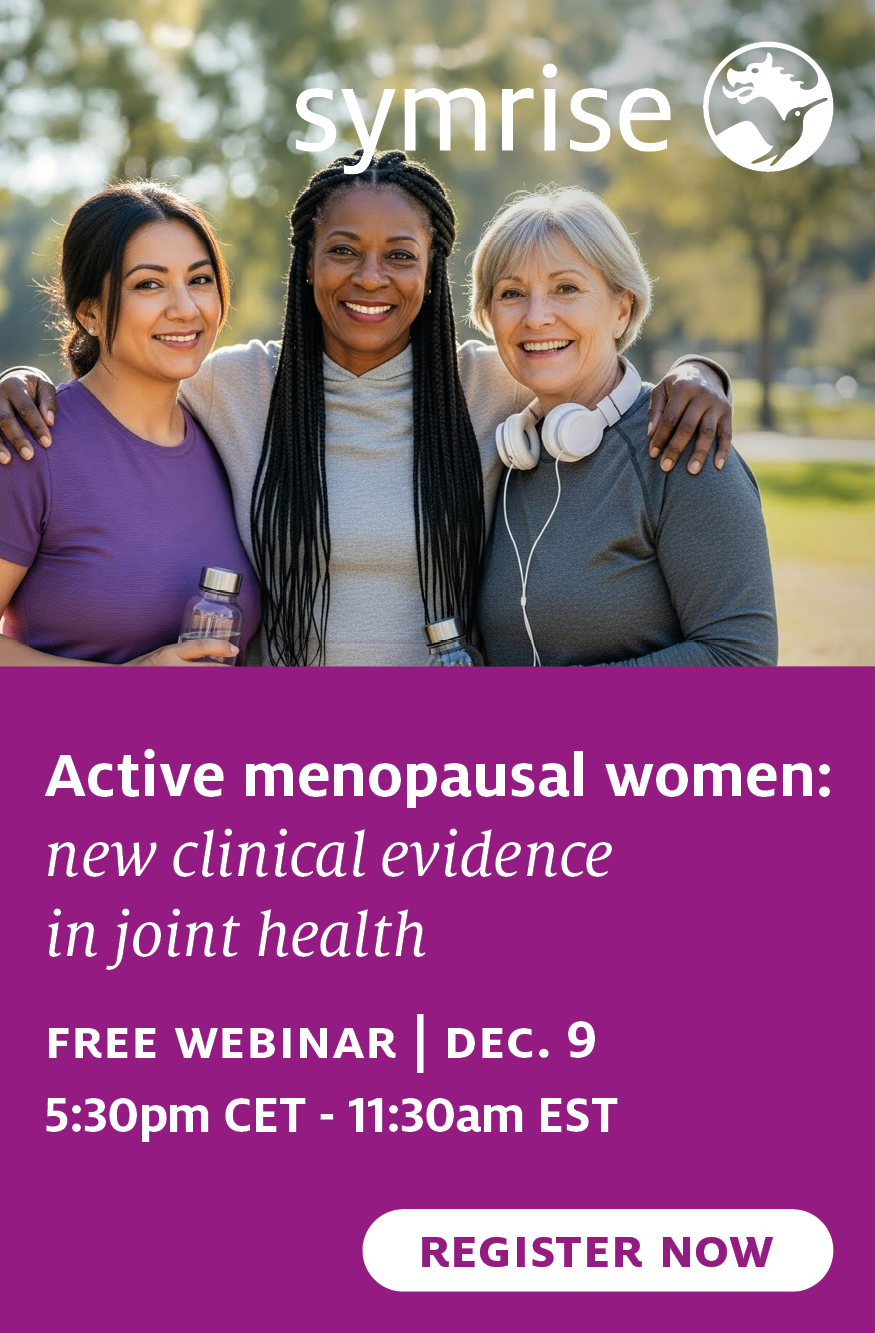
- Industry news
Industry news
- Category news
- Reports
- Key trends
- Multimedia
Multimedia
- Journal
- Events
- Suppliers
Suppliers
- Home
- Industry news
Industry news
- Category news
- Reports
- Key trends
- Multimedia
Multimedia
- Events
- Suppliers
Suppliers
FDA vetting new “healthy” foods labeling as US consumers struggle with misleading traps

25 Apr 2022 --- The US Food and Drug Administration (FDA) is updating the “healthy” nutrient content claim for food labeling, in a bid to encourage industry to develop healthier foods. The move comes as researchers reveal the majority of US consumers fail to identify healthy food options.
The updated nutrient content claim would be consistent with current nutrition science and federal dietary guidelines, the FDA notes as it begins the public process.
Until the FDA makes a final decision, food manufacturers can continue to use the term “healthy” on foods that meet the current regulatory definition.

The FDA is also developing a symbol that industry can voluntarily use to label food products that meet the updated “healthy” definition. Reconsidering the term is part of the FDA’s efforts to provide consumers with information and tools to make healthier food choices and overall cut the number of chronic diseases.
Currently, the US government is reviewing a new bill for standardized front-of-pack nutrition labeling.
Consumers cannot read labels
According to a recent study conducted by consumer research platform Attest, only 9% of Americans can recognize the healthiest choice when faced with multiple options.
The researchers presented 2,000 US consumers with six snack bars and asked them to pick the healthiest one, ranking from A, being the healthiest to E, being the unhealthiest.
The largest share of participants (33.5%) selected Kind Oats and Honey Healthy Grains bars that scored C in the Nutri-Score system. When asked to explain their choice, the participants pointed to health claims on the packaging, such as “whole grains” and “naturally flavored”.
The evaluation of the cereal bars’ healthiness was done using the Nutri-Score system. Last year, hundreds of European scientists called for speedy Nutri-Score roll out amid industry push-back.
 The update of the term “healthy” aims to safeguard consumer health and encourage industry to develop healthier foods.Identifying trust in industry
The update of the term “healthy” aims to safeguard consumer health and encourage industry to develop healthier foods.Identifying trust in industry
When it comes to information about healthy food choices, 83% report health professionals as the most trustworthy source, followed by friends and family (72.5%).
This is followed by 55% which said they trust the products’ nutritional information provided by brands, underscoring the importance of proper labeling.
Previous research noted that moving nutritional labeling from the back to the front of food packaging may incentivize food producers to competitively improve the quality of their ingredients throughout market categories.
Eying nutrition for health
A key change in the FDA’s “healthy” nutrient content claim lies on where the nutritional focus will be centered. Current dietary guidelines focus on healthy dietary patterns and the food groups that comprise them, such as the type of fat in the diet rather than the total amount of fat consumed, the FDA notes.
Updating “healthy” is one of the FDA’s Nutrition Initiatives, which seek to reduce the burden of chronic disease through improved nutrition.
The US is currently grappling with poor nutrition as a leading cause of death and high food insecurity within communities, leading the US Department of Agriculture to launch an Action on Nutrition Security program.
As the role of nutrition becomes more evident in tackling diseases, this has sparked an interest in the food as medicine movement.
Edited by Ilze Vitola












